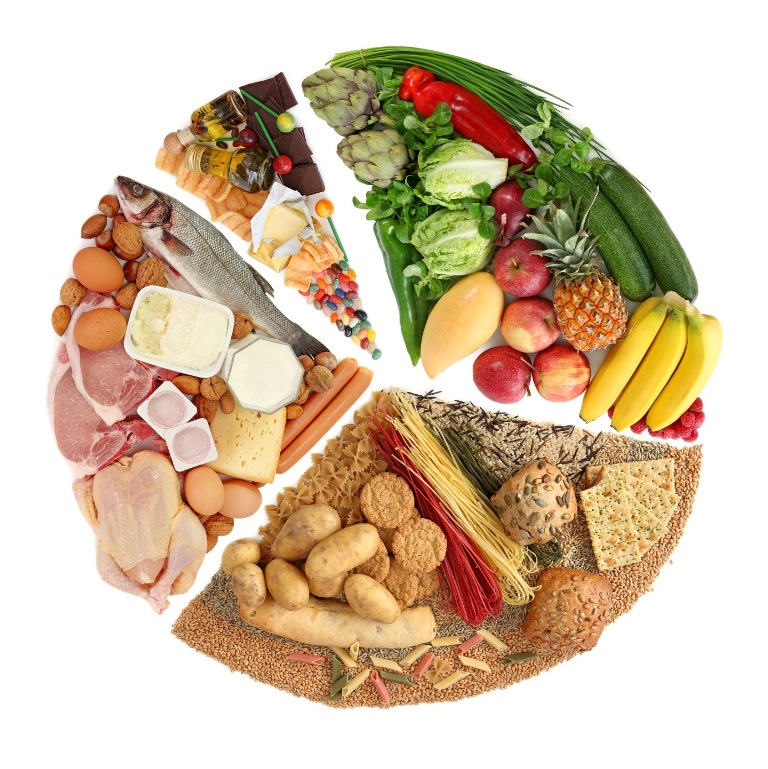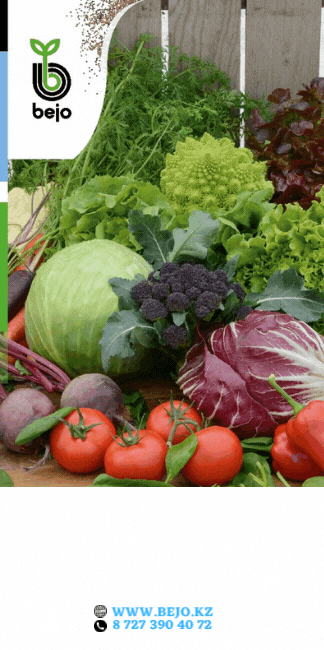
By 2050, the world's population is expected to increase to 9 billion. In this regard, American researchers believe that the biggest problem in the field of food security in 2050 will be to ensure adequate nutrition, and not enough calories.
US breeders are already working to develop high nutritional value grains and legumes. When creating a new variety, breeders first of all want a high-yielding crop with excellent disease resistance, drought tolerance, and excellent consumer qualities.
Kevin Murphy, a breeder at the University of Washington, believes that his colleagues sometimes overlook one important thing - the nutritional value of the crop.
In October 2021, the USDA awarded Murphy and his colleagues a $ 10 million grant to improve the nutritional value of barley, wheat, peas, lentils, quinoa, and buckwheat.
Plant breeders probably don't ignore dietary habits, but it is true that biologists pay a lot of attention to yield. This is not surprising because farmers need highly productive varieties of rapeseed, soybeans, wheat, corn and other crops.
“When someone asks me about priorities, I always say,“ I have five key priorities. They are yield, yield, yield, yield and yield, ”said Chad Koscielny, North America Lead Canola Grower at Corteva Agriscience in 2020.
Experts believe that due to the expected increase in the world's population, growers around the world should increase yields and production over the next 30 years.
Kevin Murphy, on the other hand, believes that calories should not be prioritized over yields. Breeders must grow crops that are both high yielding and highly nutritious.
A certain percentage of consumers and some farmers may believe that older varieties of wheat and other crops are more nutritious than modern ones. There are examples where a 70-year-old wheat variety contains more zinc, iron or B vitamins, but this variety will not be healthy in 2021.
Plant breeding is one piece of the puzzle when it comes to creating more nutritious crops. And part of the puzzle is soil. For years, some soil scientists and growers have argued that healthier soils produce more nutritious grains. There is limited data to support this claim, but farming practices and humus conditions do affect the nutritional value of wheat, barley, lentils, and other crops.
“There is evidence that crops grown in different fields, in different fertility regimes, do have different nutritional quality,” Murphy said, adding that the key question is why. Answering these kinds of questions will be a key part of the $ 10 million project.
Смотрите больше интересных агроновостей Казахстана на нашем канале telegram,
узнавайте о важных событиях в facebook и подписывайтесь на youtube канал и instagram.









































Обсуждение